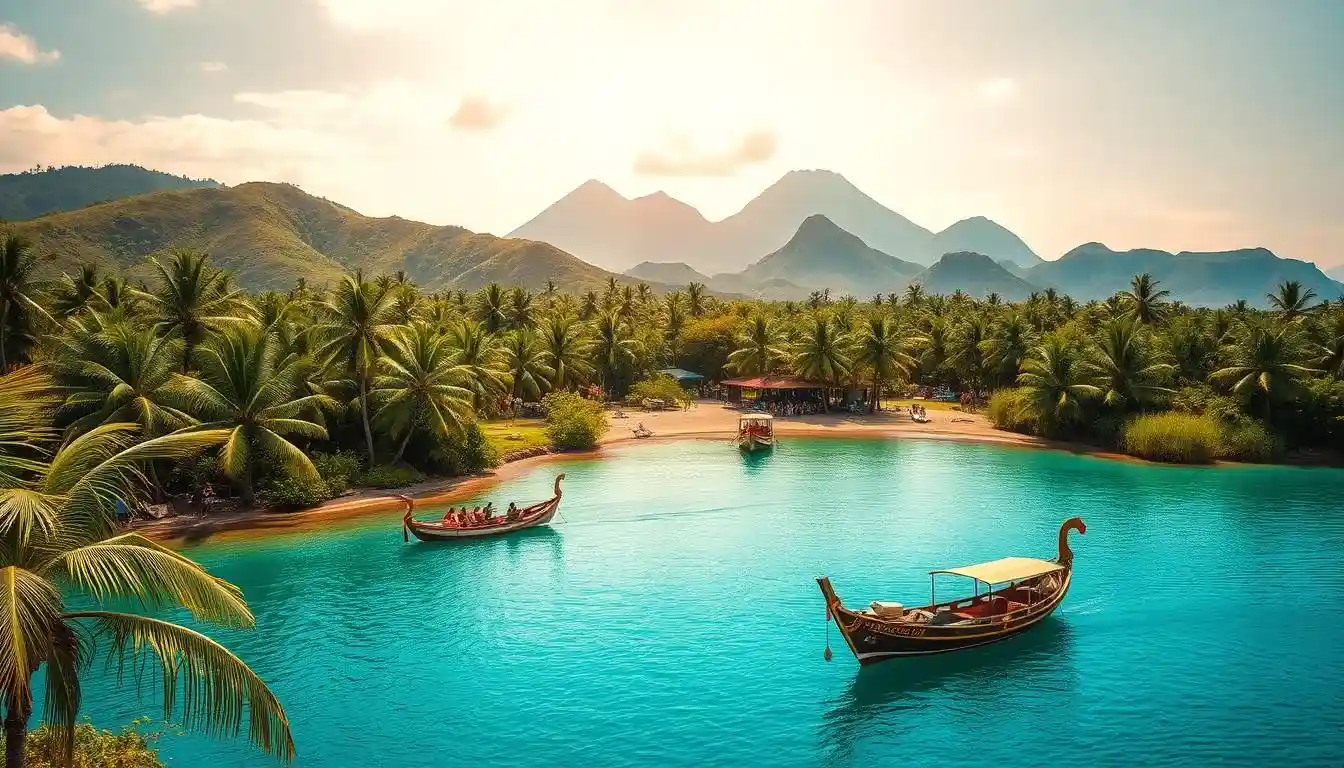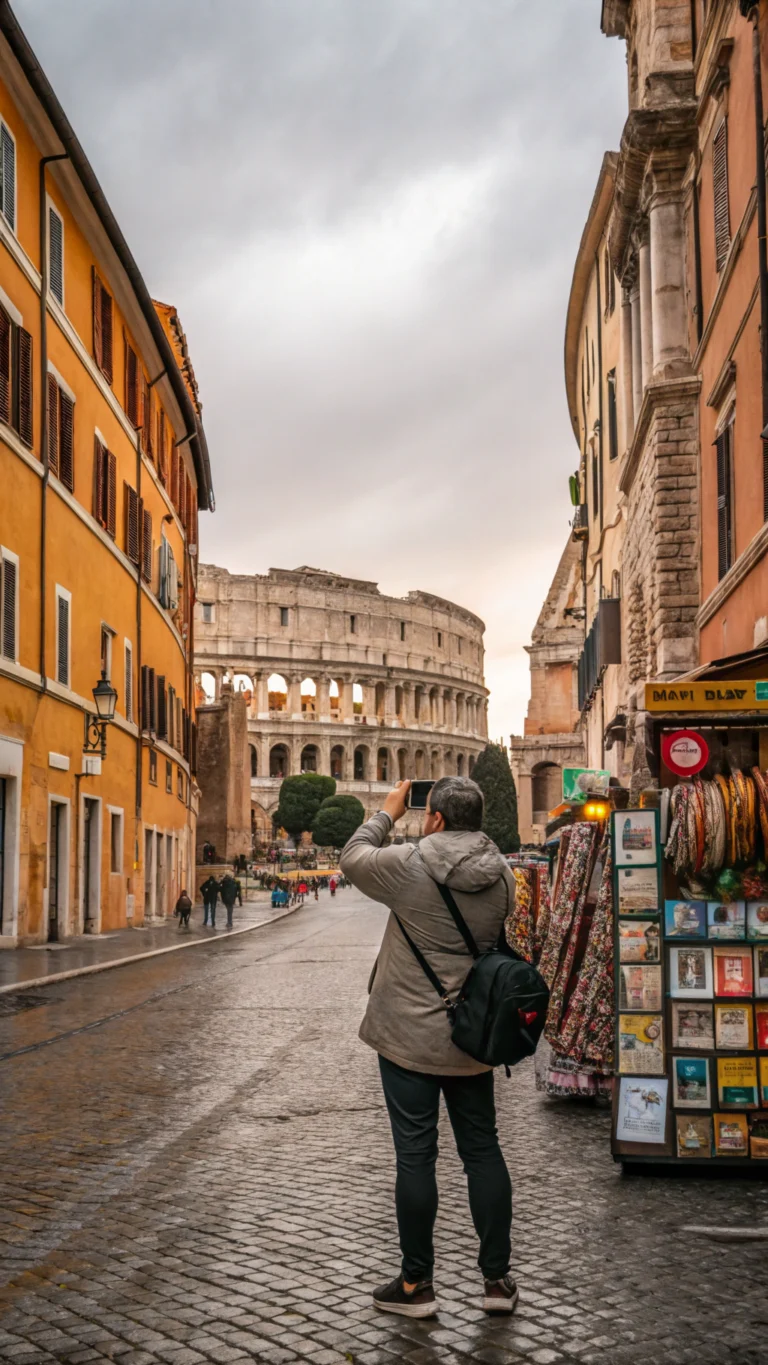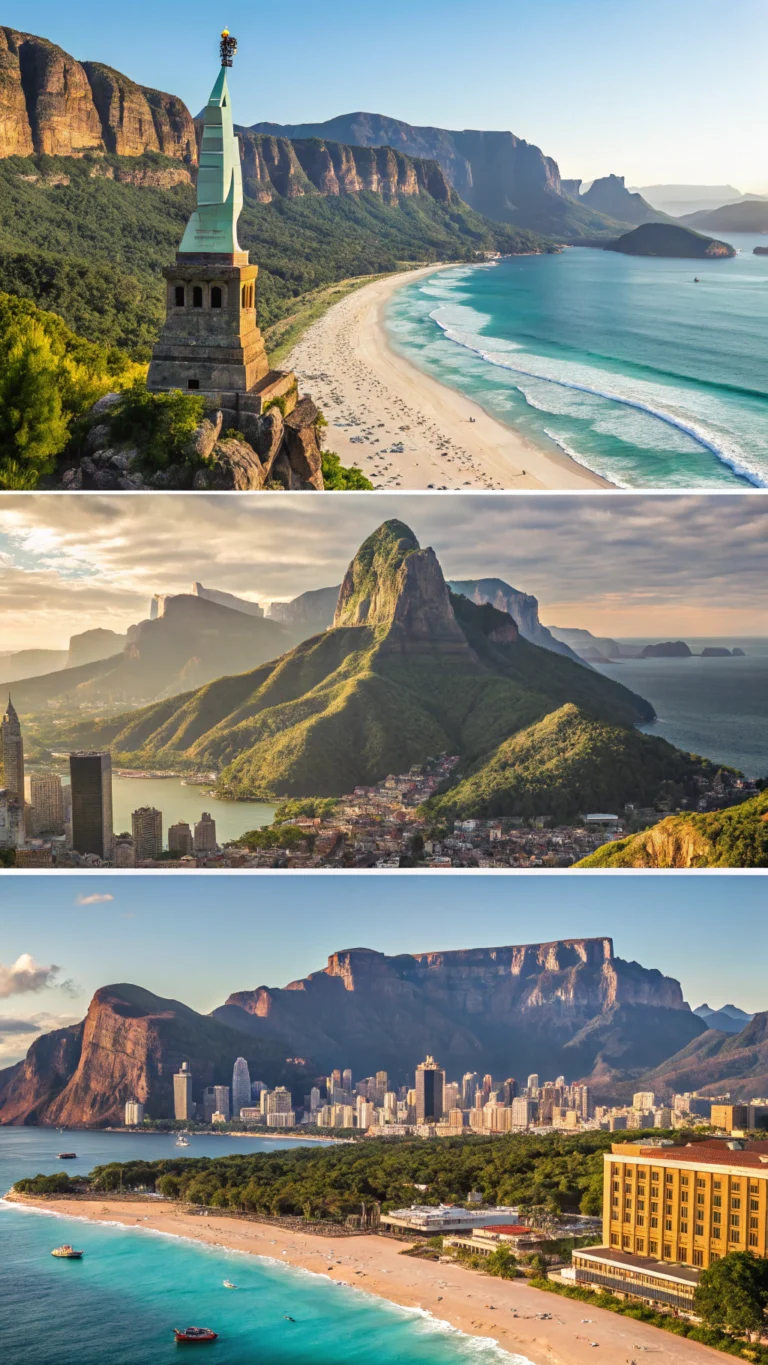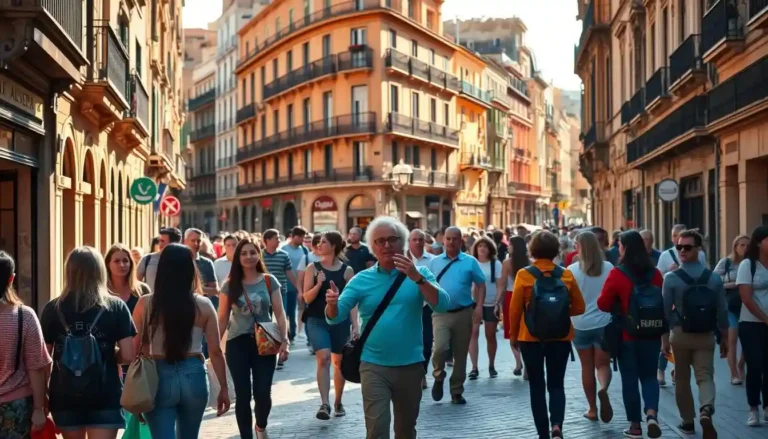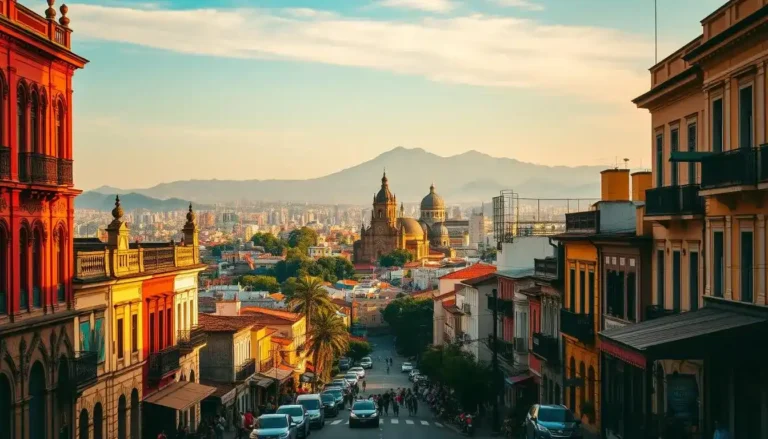when is the best time to visit the philippines
Table of Contents
The Philippines, a tropical paradise in Southeast Asia, is a traveler’s dream destination. With its diverse culture, breathtaking landscapes, and vibrant cities, it’s a must-visit for any traveler. However, understanding the best time to visit Philippines is crucial to making the most of your trip.
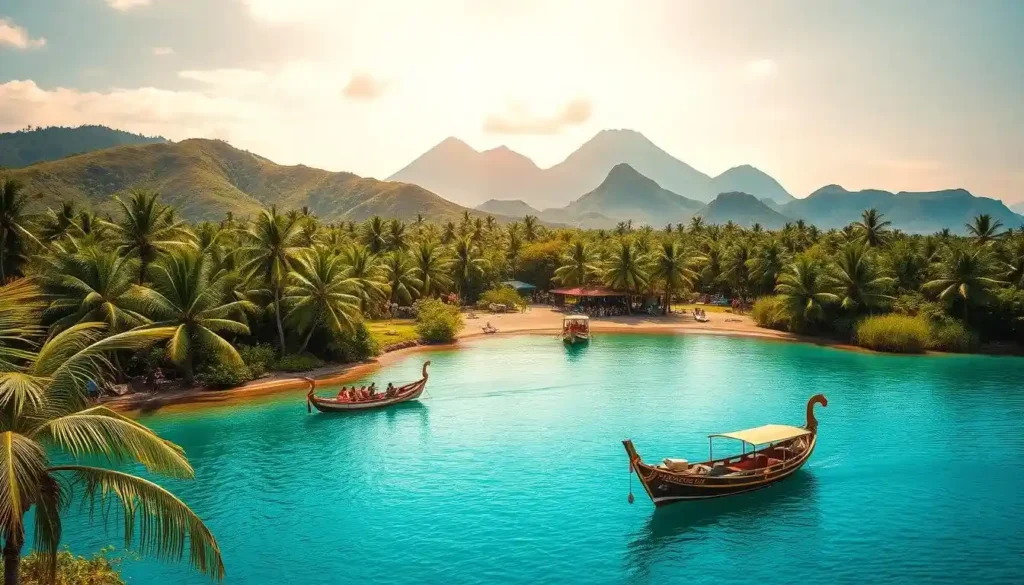
Understanding the Climate of the Philippines: Plan Your Trip Perfectly
The Philippines’ varied climate means you should plan your trip according to the activities you want to enjoy. Whether you’re dreaming of a relaxing beach holiday or an adventure-filled journey, this guide will help you choose the best time to visit.
Essential Insights
- Understand the tropical climate and its local variations.
- Align your travel dates with the activities you want to do.
- Learn about peak and off-peak seasons.
- Discover the best times to visit different regions.
- Use these tips to get the most out of your Philippine adventure.
Understanding the Philippine Climate
Knowing the climate is crucial because it directly shapes your travel experience. The Philippines enjoys a tropical climate, characterized by high temperatures and humidity throughout the year.
What Defines a Tropical Climate?
Temperatures in the Philippines generally range from 25°C to 32°C (77°F to 90°F), maintaining a fairly steady warmth year-round. In tropical areas like the Philippines, temperature changes between day and night tend to be more noticeable than seasonal differences.
The Two Main Monsoon Seasons
The Philippines experiences two primary monsoons:
- Northeast Monsoon (Amihan): Lasting from November to February, this monsoon brings cooler, drier air.
- Southwest Monsoon (Habagat): Occurring between June and October, it brings heavier rains and warmer temperatures.
Temperature Trends Throughout the Year
While temperatures remain quite stable, slight variations occur seasonally:
- Coolest months: December and January
- Warmest months: April and May
Here’s a simple overview of typical temperature ranges by season to help you plan:
| Month | Average High (°C) | Average Low (°C) |
| January | 29 | 23 |
| April | 33 | 25 |
| July | 32 | 24 |
As noted by a climate expert, “The Philippines’ climate is influenced by its geography, with mountainous regions experiencing cooler temperatures than the low-lying areas.” Understanding these climate nuances can help travelers plan their trip more effectively.
When to Visit the Philippines: Seasonal Guide for Travelers
December to May: The Dry Season
The dry season from December to May is the best time for visitors seeking sunny weather and outdoor adventures. Most tourist attractions are at their finest during this period.
Climate & Temperatures:
Expect minimal rain, lots of sunshine, and temperatures ranging between 25°C to 32°C (77°F to 90°F). Ideal conditions for island hopping, snorkeling, diving, and hiking, with mild breezes and clear skies.
Crowds & Costs:
This is peak tourist season, so popular destinations get crowded and prices for lodging and tours rise. Booking in advance is recommended to secure the best rates and avoid crowds.
Top Activities:
- Island hopping in Palawan or Cebu
- Snorkeling and diving at Apo Island or Malapascua
- Trekking in Sagada or Baguio mountains
- Experiencing festivals like the Sinulog in Cebu
June to November: The Rainy Season
The rainy season brings both challenges and unique opportunities. While heavy rains and typhoon risks are common, the lush landscapes and fewer tourists make this season appealing to many.
Weather & Risks:
Frequent rain and storms, especially from July to September. Typhoons can disrupt travel plans, so keeping updated on weather forecasts is essential.
Advantages:
- Vibrant green scenery perfect for nature lovers and photographers
- Smaller crowds at popular spots
- Lower prices on accommodations and tours
Recommended Activities:
- Visiting museums and indoor attractions
- Shopping in malls and local markets
- Enjoying spa treatments and wellness centers
- Exploring cultural and historical sites
Peak Seasons: When Most Visitors Come
The Philippines’ busiest travel periods bring vibrant celebrations and lively atmospheres, but also larger crowds and higher prices.
December to February:
Cooler weather combined with Christmas and New Year festivities attract many tourists. Expect busy sites and lively holiday events.
Holy Week and Easter:
A culturally rich time with major Filipino celebrations. Many locals travel, leading to crowded tourist spots.
March to May (Summer Vacation):
School holidays cause a surge in tourism, especially at beach destinations. Water sports and island hopping are extremely popular.
Off-Peak Season: The Ideal Balance
June and November offer a mix of weather with fewer tourists and better prices, ideal for travelers seeking a quieter experience.
Benefits of Off-Peak Travel:
- Significant discounts on accommodations (up to 30% off)
- Less crowded attractions
- More peaceful and relaxed environment
Considerations:
Some events and tourist activities might be limited during these months, so plan accordingly.
Variations in Philippine Regional Climate
Travelers to the Philippines should understand the country’s diverse regional climates, shaped by its more than 7,000 islands. The main regions—Luzon, Visayas, and Mindanao—each have distinct climate patterns.
Luzon: Manila, Baguio, Palawan
- Manila: The capital experiences hot, humid weather year-round.
- Baguio: Known as the “Summer Capital,” it has cooler temperatures due to its higher elevation.
- Palawan: Famous for its beaches, Palawan enjoys mild temperatures typically ranging from 22°C to 32°C, making it pleasant year-round.
Visayas: Cebu, Bohol, Boracay
- These popular tourist destinations have a generally tropical climate with high humidity.
- Boracay: Experiences fairly constant temperatures all year.
- Bohol: Has a distinct dry season from December to May, similar to much of the country.
Mindanao: Camiguin, Davao, Siargao
- Davao: Exhibits fairly stable temperatures throughout the year with little seasonal change.
- Siargao: Known as a surfing hotspot, Siargao has a dry season stretching from March to October.
- Camiguin: Warm and humid due to its volcanic landscape.
Micro-Climates and Other Regional Effects
Several micro-climates exist throughout the Philippines, influenced by elevation and proximity to the ocean.
- High-altitude areas like Tagaytay and Sagada have cooler climates.
- Baguio (Luzon) is notably cooler than surrounding lowlands.
- These regional and micro-climate differences are important to consider when planning travel for a better, more comfortable experience.
Best Time to Travel for Beach Activities
Dry Season (December to May) – Ideal for Beach Lovers
The dry season offers the calmest seas, clear waters, and excellent weather, perfect for beach activities.
Island Hopping and Diving:
Calm seas during the dry season make island hopping and diving more enjoyable and accessible. Dive sites like Apo Reef and Tubbataha Reefs are best visited during this time to avoid rough waters and rain.
Swimming and Snorkeling:
Tranquil waves and excellent visibility make December to May the perfect months for swimming and snorkeling. Top locations include Boracay, Palawan, and Cebu.
Surfing Seasons:
Northern Islands (Luzon): Best from September to March, with peak surfing from November to February.
Siargao: Known for consistent year-round waves, but the prime surfing season is from August to November.

In summary, while the dry season is generally the best time for most beach activities in the Philippines, specific activities like surfing have their own optimal seasons. Planning your trip according to the activity you have in mind will ensure a more enjoyable experience.
Planning Around Filipino Festivals and Events
If you’re planning a trip to the Philippines, timing your visit around one of the country’s numerous festivals can be a great way to immerse yourself in local culture. The Philippines is renowned for its vibrant festivals, which take place throughout the year, offering a unique experience for tourists.
First Quarter Celebrations (Sinulog, Ati-Atihan)
The first quarter of the year is an exciting time to visit the Philippines, with festivals like Sinulog in Cebu and Ati-Atihan in Kalibo, Aklan. Sinulog, held on the third Sunday of January, is a grand celebration in honor of the Sto. Niño, featuring street dancing and a grand parade. Ati-Atihan, celebrated in January, is known for its riotous street parties and vibrant costumes.
Summer Festivals (Pahiyas, Flores de Mayo)
Summer in the Philippines is marked by colorful festivals. Pahiyas, held on May 15 in Lucban, Quezon, is a harvest festival that showcases the town’s agricultural bounty with creatively decorated houses. Flores de Mayo, or the “Flowers of May,” is a month-long celebration honoring the Virgin Mary, culminating in the Flores de Mayo festivities.
Year-End Celebrations and Christmas Season
The Philippines is known for its long Christmas season, starting as early as September. The year-end celebrations are a significant part of Filipino culture, with various towns and cities hosting their own unique festivities and parols (Christmas lanterns).
| Festival | Location | Date |
| Sinulog | Cebu | Third Sunday of January |
| Ati-Atihan | Kalibo, Aklan | Third week of January |
| Pahiyas | Lucban, Quezon | May 15 |
| Flores de Mayo | Various locations | Throughout May |
Health and Safety Considerations by Season
To ensure a safe and enjoyable journey, travelers to the Philippines must be aware of the health and safety considerations associated with the country’s seasonal changes. The Philippines’ tropical climate, characterized by distinct wet and dry seasons, can impact travelers in various ways.
Typhoon Season Precautions
The Philippines is prone to typhoons, particularly during the rainy season from June to November. Travelers should stay informed about weather forecasts and be prepared for potential disruptions. It’s essential to have a contingency plan, including knowing the nearest evacuation routes and shelters.

Summer: Heat-Related Issues
From March to May, during the dry season, high temperatures can lead to heat-related illnesses. To stay safe, travelers should:
- Limit outdoor activities during the hottest parts of the day.
- Wear lightweight, breathable clothing.
- Stay well-hydrated by drinking plenty of fluids.
Preventing Illness Throughout the Year
Certain diseases, like dengue fever, vary by season and region in the Philippines. To reduce risk, visitors should:
- Wear protective clothing.
- Use insect repellent regularly.
- Stay in well-screened or air-conditioned accommodations whenever possible.
By staying aware of these health and safety tips, travelers can minimize hazards and enjoy their trip.
Seasonal Budget Considerations
Careful budgeting is important because travel costs in the Philippines fluctuate significantly with the season.
Accommodation Costs
- Hotel and resort prices are highest during peak seasons, such as holidays and summer months.
- Off-peak seasons often offer substantial discounts, allowing travelers to save on lodging.
Flight Prices
- Airfare tends to rise during busy travel periods (e.g., December and July).
- Booking flights early or choosing off-peak travel times can reduce costs.
Activity and Tour Prices
Some activities may be cheaper or unavailable during off-peak periods due to weather conditions.
Popular tours and activities usually become more expensive during peak season.
| Season | Accommodation Prices | Flight Costs | Activity Prices |
| Peak Season (Dec-Feb, Holy Week) | High | High | High |
| Off-Peak Season (Jun-Nov) | Low | Low | Variable |
Ultimately, Optimizing Your Trip to the Philippines
Planning a vacation to the Philippines might seem overwhelming at first, but with the right knowledge, visitors can enjoy a truly memorable experience. Understanding the best times to visit and preparing accordingly can help you make the most of your trip.
The Philippines offers a rich variety of events and experiences throughout the year. Whether you seek outdoor adventures, cultural festivities, or relaxing beach days, there’s an ideal time to visit depending on your interests—mainly revolving around the dry season (December to May) and the rainy season (June to November).
By following the travel tips in this guide—from budget-conscious options to health and safety advice—you’ll be equipped to navigate the Philippines with ease. This knowledge will maximize your travel experience and help you confidently start planning your trip.
Frequently Asked Questions (FAQs)
When is the best time to travel to the Philippines?
The ideal time is during the dry season from December to May, when weather conditions are mostly sunny and dry.
Are there suitable beach activities in the Philippines?
Absolutely! The Philippines is fantastic for swimming, snorkeling, island hopping, and enjoying pristine beaches—especially during the dry season.
Are there health considerations travelers should be aware of?
Yes. Visitors should stay informed about local health concerns including typhoons, heat-related illnesses, and region-specific diseases, and take appropriate precautions.
Do hotel and flight prices vary throughout the year?
Yes. Prices tend to be higher during peak travel periods such as December to February, Holy Week, and summer vacation months. Off-peak seasons usually offer more affordable rates.
Is it still worthwhile to visit during the rainy season?
Definitely. Though wetter, the rainy season sees fewer tourists and lower prices. There are still plenty of activities, including indoor attractions and relaxing spa days.
What are some popular Filipino festivals and cultural events?
The Philippines is famous for vibrant celebrations like Sinulog, Ati-Atihan, Pahiyas, and Flores de Mayo—all excellent opportunities to experience local culture.
Should I consider regional climate differences when planning?
Yes. Different regions have unique climates, such as cooler temperatures in Baguio and variations in dry and wet seasons across islands.
When is the best surfing season in the Philippines?
Surfing seasons depend on location. Typically, the rainy season (June to November), especially on the eastern coasts like Siargao, offers the best surfing conditions.
How can I reduce costs while traveling in the Philippines?
Traveling during the off-peak season, booking flights and accommodation in advance, and planning activities ahead are smart ways to save money.

